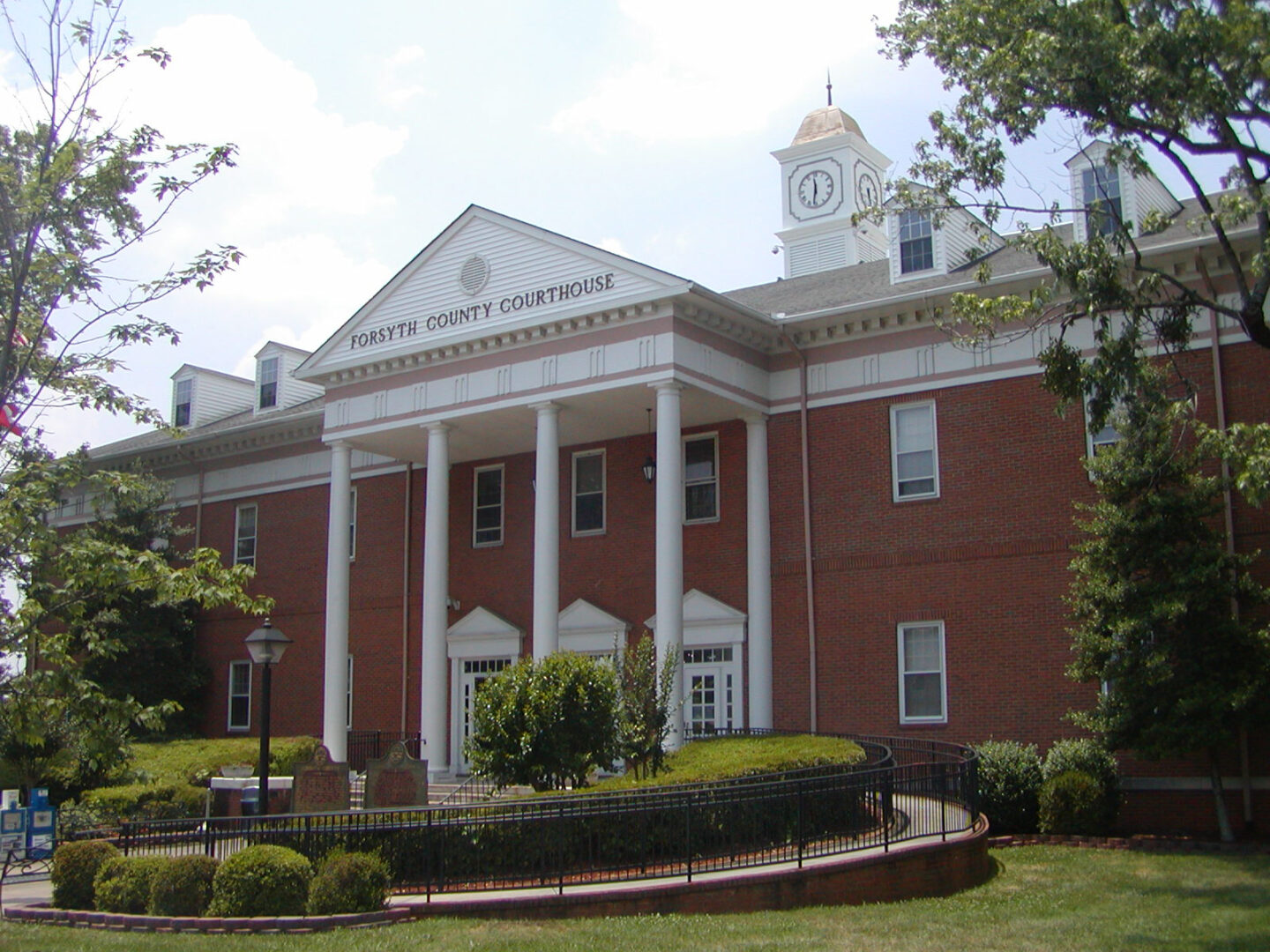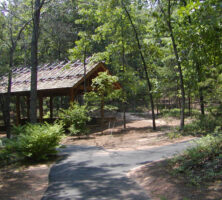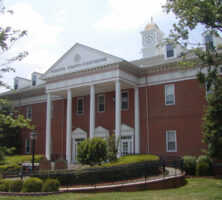Located forty miles north of the state capital, Forsyth County experienced significant growth in the early twenty-first century and now ranks among the most populous counties in the state.
Although the region was populated by Cherokee Indians for hundreds of years, white settlers began moving in after gold was discovered in 1829. In 1832 Georgia leaders divided the former Cherokee lands into ten counties, including Forsyth. The Cherokees were removed forcibly from their Georgia lands in 1838 and relocated to Oklahoma. One of the forts at which the Cherokees were assembled before removal, Fort Campbell, was located in Forsyth County.
The county was named for John Forsyth, the governor of Georgia from 1827 to 1829, who had a long and distinguished political career at the state and national levels.
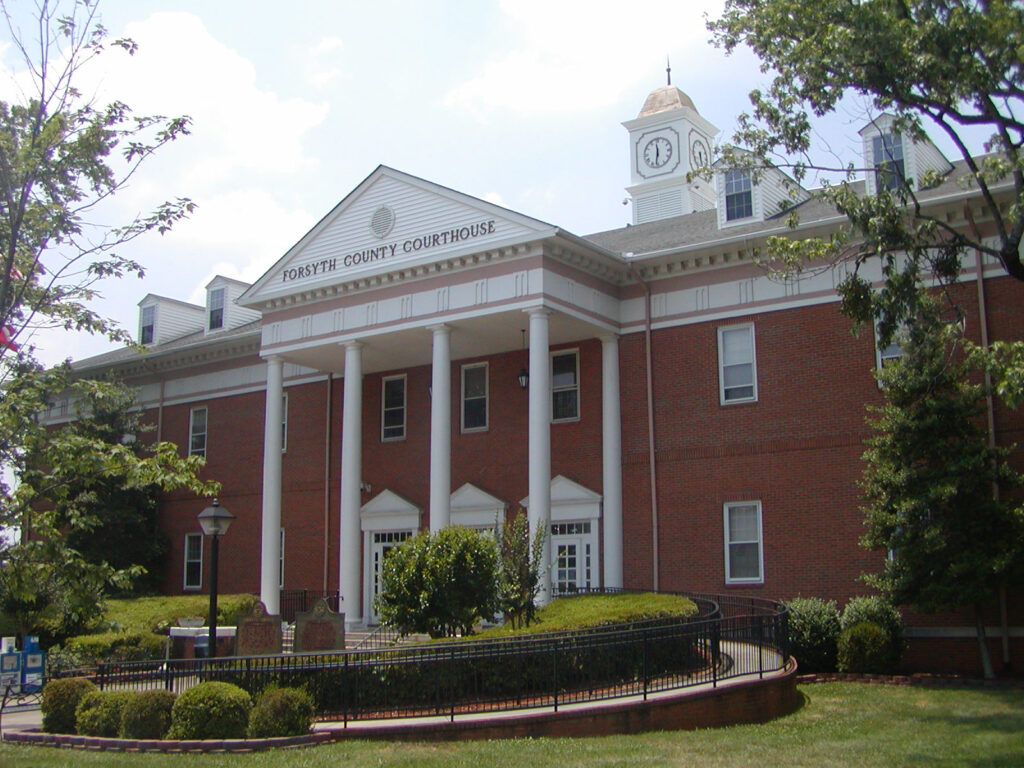
Forsyth County prospered during the 1830s and 1840s because of gold mining and the Federal Road, which ran through the county and led settlers to open numerous roadside inns and taverns. Cumming, the county seat, was incorporated in 1834, and by 1840 Forsyth County possessed several schools, including the Cumming Academy. By the early 1840s the heyday of the Georgia gold rush had ended, and the building of new roads and railroads in north Georgia diverted a large amount of traffic from the Federal Road, forcing many local businesses to close by the end of the decade.
The Civil War (1861-65) bypassed Forsyth County, but Reconstruction hit the region hard, and for the remainder of the nineteenth century the county remained rural and poor, with an economy based largely on cotton. During this period, Forsyth native Hiram Parks Bell served two terms in the U.S. House of Representatives, from 1873 to 1874 and from 1877 to 1878. He later served in both houses of the state legislature.
A reputation for racial intolerance plagued Forsyth County during the twentieth century. In 1912 the alleged rape of a young white woman by three African American males sparked a campaign among the white population to rid Forsyth County of all African Americans. One suspect, Rob Edwards, was lynched soon after his arrest, while the other two, both teenagers, were publicly hanged after a one-day trial. For almost a month after the incident, gangs of night riders harassed and intimidated the Black population into moving out of the county. While it is unknown how many African Americans moved as a direct result of the purge, by 1930 only 17 Black people resided in Forsyth County compared with almost 1,100 in 1910.
In 1987 racial tensions again erupted in Forsyth County. In January a small march in Cumming to commemorate Martin Luther King Jr.’s birthday met with resistance from members of the Ku Klux Klan, who threw stones and glass bottles at the demonstrators. The event received national attention, and on January 24, 20,000 marchers from around the country converged on Forsyth County. Led by numerous civil rights leaders, including Hosea Williams, the marchers encountered 1,000 to 2,000 counterdemonstrators, but the presence of large numbers of police and National Guard troops most likely kept the event from turning violent. The Brotherhood March, as it came to be known, was one of the largest civil rights demonstrations since the 1960s and generated so much national attention that talk-show host Oprah Winfrey taped a show the following month in Cumming about the events.

Forsyth County has undergone tremendous growth and change since 1987. The completion of Georgia Highway 400 in the 1980s turned Forsyth County into a suburb of Atlanta, encouraging population growth. According to the 2020 U.S. census, the county’s population is 251,283, a significant increase from the 2010 population of 175,511. While the percentage of African American residents remains small at about 4 percent, the population is diversifying as the number of Asian and Latino residents continues to increase.
Several large companies are located in the county, including Scientific Games, the producer of lottery tickets for the Georgia Lottery, and Tyson Foods, which has maintained a poultry processing plant in downtown Cumming since the 1950s.
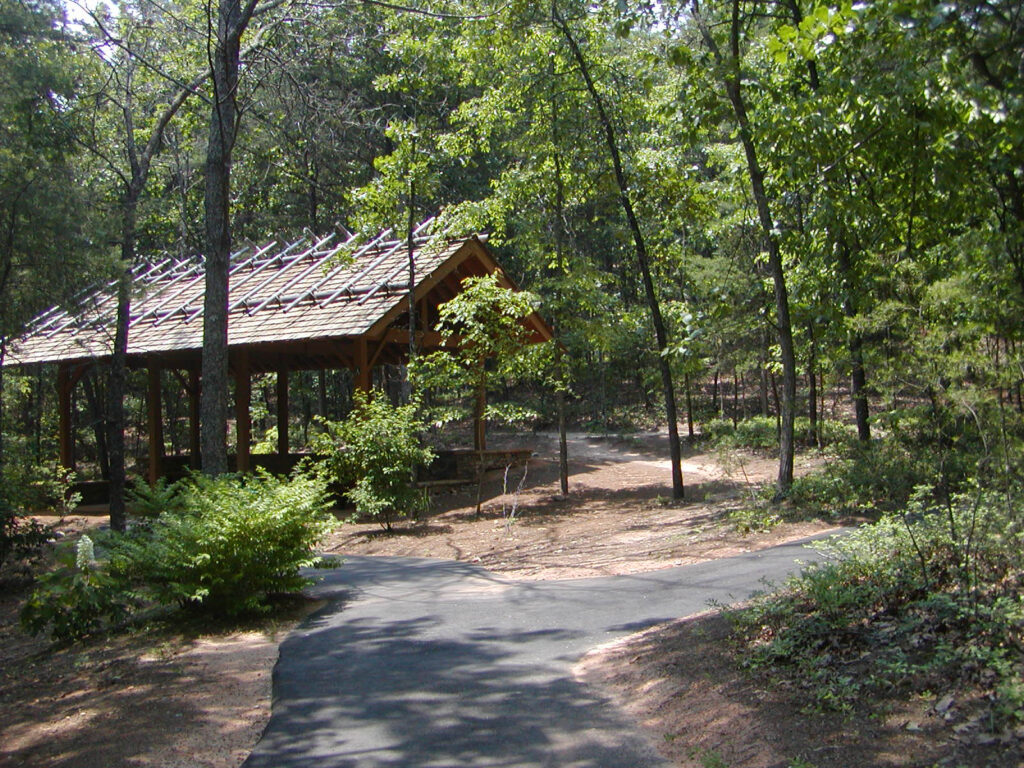
Outdoor recreation draws many visitors to Forsyth County. Thirty percent of the shoreline of Lake Lanier, a popular destination for boating, camping, and fishing enthusiasts, lies in Forsyth. In 2005 Sawnee Mountain Preserve opened its gates to visitors. Once riddled with pits and caves dug by settlers searching for gold, the park now provides hiking trails, picnic areas, and an outdoor amphitheater. Visitors can also enjoy rock climbing and rappelling.
In 2004 the Cumming Playhouse opened in the restored Cumming Public School building, which was added to the National Register of Historic Places in 2000. The playhouse offers a variety of stage productions and concerts throughout the year. Lanierland Music Park, the county’s popular country music venue, closed in 2006.







